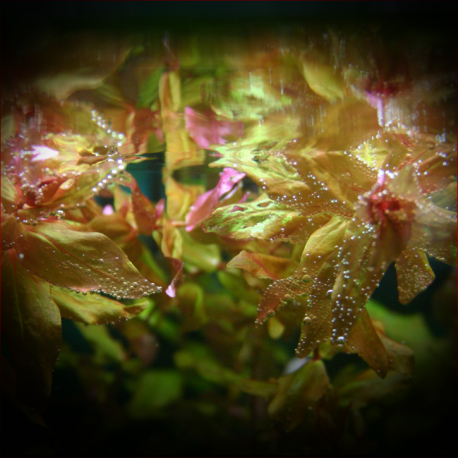More info
Datasheet
| Aquarium Compatible | yes |
| Plant Outdoor | unknown |
| Plant Emersed Growth | yes |
| Plant Growth | fast |
| Temperature Tolerance | 18°C / 64.40°F - 30°C / 86.00°F |
| Temperature | 24°C / 75.20°F - 28°C / 82.40°F |
| Carbonate Hardness | 0-12 kh |
| pH Value | 4.5-7 ph |
| Light | medium-high |
| Carbon Dioxide (CO2) | 20-40mg/lmg/l |
| Nitrate (NO3-) | 10-50mg/lmg/l |
| Phosphate (PO43-) | 0.1-3mg/lmg/l |
| Potassium (K+) | 5-30mg/lmg/l |
| Iron (Fe) | 0.01-0.5mg/lmg/l |
General Description
Rotala macrandra, commonly known as Giant Red Rotala, is a vibrant aquatic plant belonging to the genus Rotala in the family Lythraceae. It is a fast-growing stem plant that thrives in medium to high light conditions.
Aquarium Suitability
Giant Red Rotala is suitable for aquariums and is classified as a medium difficulty plant. It is a colorful accent plant that can be used in various aquascape styles, such as the Dutch style. It is commonly used as an accent, background, and midground plant.
Demands and Hardiness
This plant requires specific water parameters to thrive within an aquarium. It needs medium to high light, a temperature range of 24-28°C, and a pH range between 4.5-7. Giant Red Rotala also requires a CO2 concentration of 20-40mg/l and a nitrate level of 10-50mg/l. It is unsuitable for outdoor use in colder climates.
Aquascaping & Usage
Giant Red Rotala is a popular choice for aquascaping due to its vibrant red coloration, making it ideal for creating striking accents in the aquarium. It is commonly used to add pops of color and visual interest to aquatic landscapes.
Propagation
Propagation of Rotala macrandra is typically done through cuttings. Trimming the stems and replanting them in the substrate can promote the growth of new plants, allowing for the expansion of this species within the aquarium.
Habitat and Distribution
This species is native to freshwater habitats in regions where the temperature ranges between 18-30°C. Giant Red Rotala can be found in aquatic environments with moderate water flow and access to sufficient light for its photosynthetic needs.

